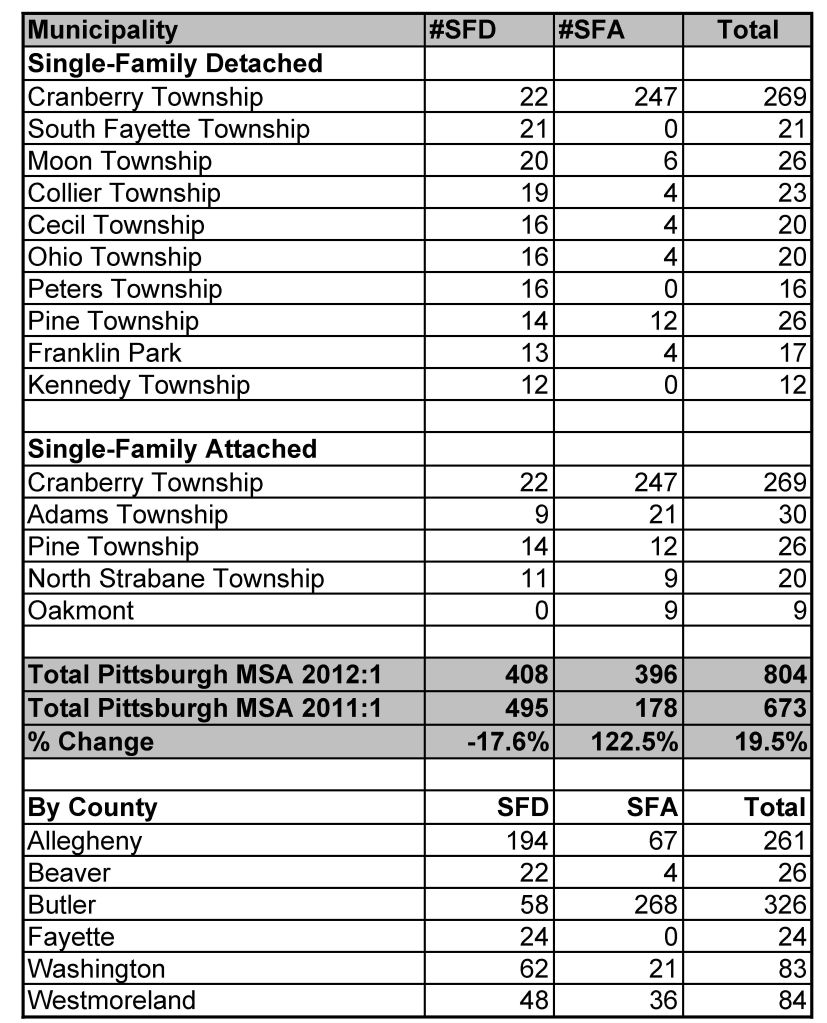On Friday, Sept. 14 Ansys signed a lease with Burns & Scalo Real Estate that effectively sold out the Southpointe II phase of the giant office/industrial park along I-79 in northern Washington Co. Ansys will be the tenant for a 186,000 sq. ft. build-to-suit headquarters. That lease triggered the marketing & planning for a second 230,000 sq. ft. office at the adjacent lot Burns & Scalo is developing. Those parcels were the last that were for sale in Southpointe II.
Burns & Scalo has been meeting with contractors with the intention of delivering the project as a true design/build job. The $60 million development should be the largest suburban office project in 2013.
The Ansys deal is hardly the only progress in the park, however. Horizon Properties is well along with the exterior and structure for a 150,000 sq. ft. office, the J. Barry Center that has attracted a lot of tenant interest already. Horizon also has taken bids on the first 2 of it Southpointe Town Center retail buildings, totaling 130,000 sq. ft. The Town Center has room for another 150,000 sq. ft. office and 60,000 sq. ft. more retail.
In addition, Fletcher Industries has started construction on a 20,000 sq. ft. new building and Crossgates is getting underway on a 45,000 sq. ft. office.
There is also large scale residential coming back into the mix at Southpointe. GMH Capital Partners should be taking bids this fall on a high-end 360-unit apartment project. And work should be getting under shortly on the Reserve, a 300-unit apartment complex being developed by Morgan Management just off of Southpointe proper.
If you’re counting that’s roughly $100 million in construction started or starting within 3-6 months.
The region’s industrial market also continues to perk. Steelmaker Arcelor Mittal announced a $50 million investment to modernize and reopen the Monessen plant it bought from Koppers. Diesel engine manufacturer GE Transportation continues to bid early packages of the modernization phase of its $72 million Grove City plant expansion. GE took bids Friday on 2 packages after awarding early demolition and concrete packages to PJ Dick and Mascaro Construction.
Earlier this week, First Energy announced a $30 million project to build containment facilities for spent fuel at its Shippingport nuclear plant.



